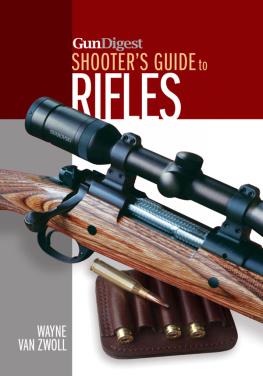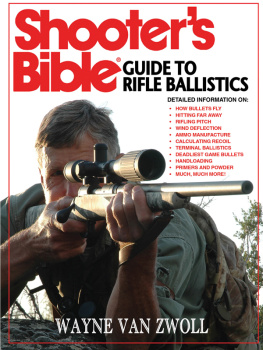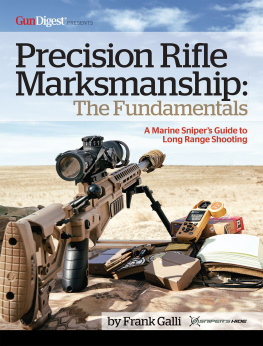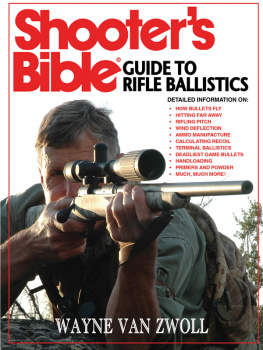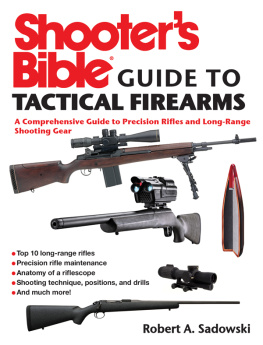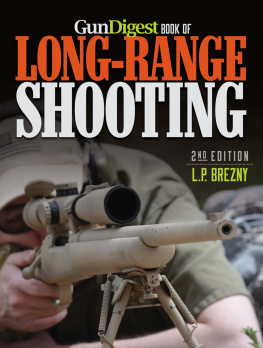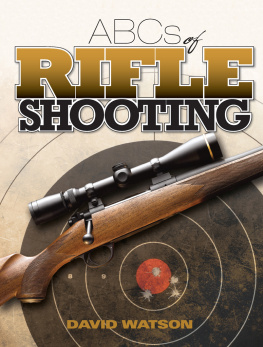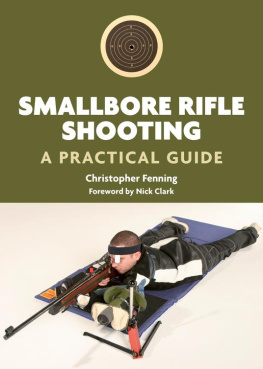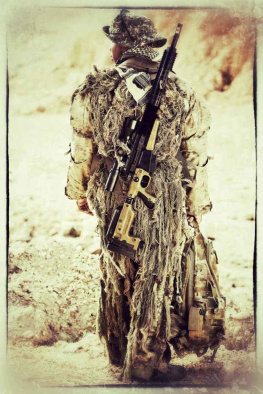Technical Rifleman with Wayne van Zwoll
WAYNE VAN ZWOLL
Gun Digest Books, an imprint of F+W Media, Inc.
Iola, WI
Copyright 20122013 Wayne vanZwoll
eISBN: 978-1-4402-3656-3
Published by
Gun Digest Books
An imprint of F+W Media, Inc.
700 East State Street Iola, WI 54990-0001
715-445-2214 888-457-2873
www.gundigestbooks.com
Our toll-free number to place an order or obtain a free catalog is (800) 258-0929.
All rights reserved. No portion of this publication may be reproduced or transmitted in any form or by any means, electronic or mechanical, including photocopy, recording, or any information storage and retrieval system, without permission in writing from the publisher, except by a reviewer who may quote brief passages in a critical article or review to be printed in a magazine or newspaper, or electronically transmitted on radio, television, or the Internet.
Contents
Introduction
There are many facets to marksmanship Wayne van Zwoll is well schooled in each and every one.
A quarter century of writing for some of the finest outdoor publications and turning out a slew of books, few have his knowledge base. Van Zwoll can wax on the finer points of dialing in a scope, calculating the foot-pounds of rifle recoil or even divining the soul of a firearm.
The renown firearms scribe shared some of his more poignant tips and tactics for the application of marksmanship with GunDigest.com readers in 2012. That is what this publication represents the best and most biting posts from van Zwolls blog the Technical Rifleman.
This compilation was a year in production, but is much vaster. Tapping into van Zwolls infinite wisdom on hunting and shooting, this publication was truly a lifetime in the making.
Chapter 1
The Evolution of Marksmanship
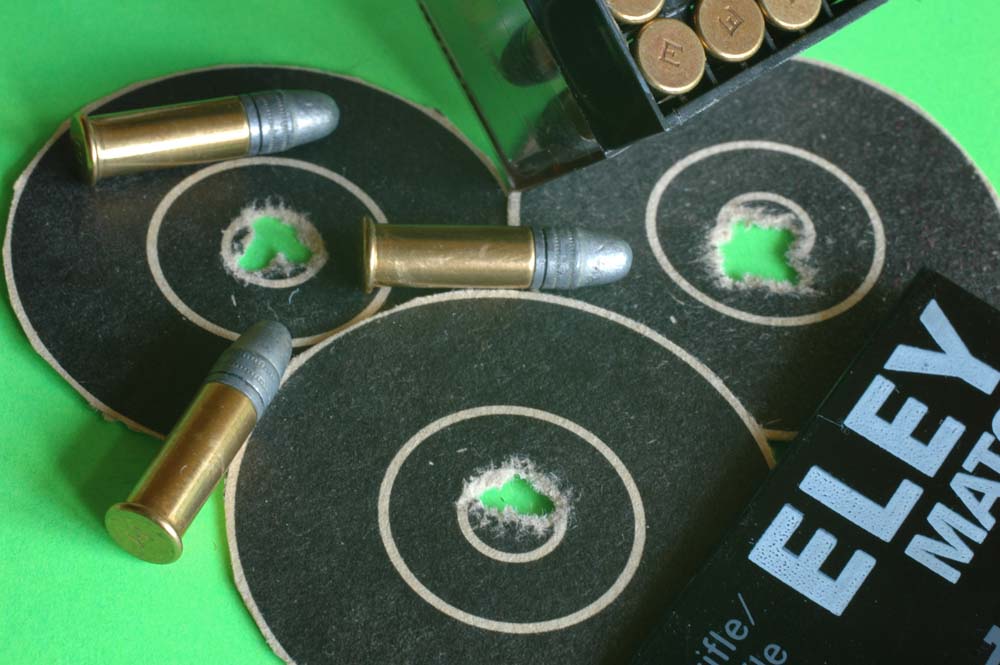
Wayne fired these 50-yard five-shot groups in rimfire prone competition. Consistent form matters with marksmanship.
One shot does not a marksman make. Neither does it demonstrate accuracy. A single hole, in an animal or a paper target, shows only that you fired the rifle. It takes more to achieve true marksmanship.
During the iron-sight stage of a smallbore match years ago, I settled into prone and accidentally brushed the trigger. Dismayed, I hardly dared peek into the spotting scope. The best I could hope was that the bullet had missed the paper, leaving no evidence a shot had been fired. A hole in any of the 10 record targets, or between them, would affect my score.
Squinting into the glass, I was astounded to see a hole in the center of the target I was to shoot. A pinwheel. That shot had nothing to do with my marksmanship or the accuracy of the rifle or ammunition.
In its purest form, accuracy is a measure of consistency.
Standards of accuracy can change over time, as they vary with conditions and shooting gear. Marksmen obsessed with accuracy have developed games and equipment that redefine the term. The first official benchrest match, held in Johnstown, New York in 1947, drew international interest. Special rifles and loads, and better optics, have since enabled shooters to print tiny groups.
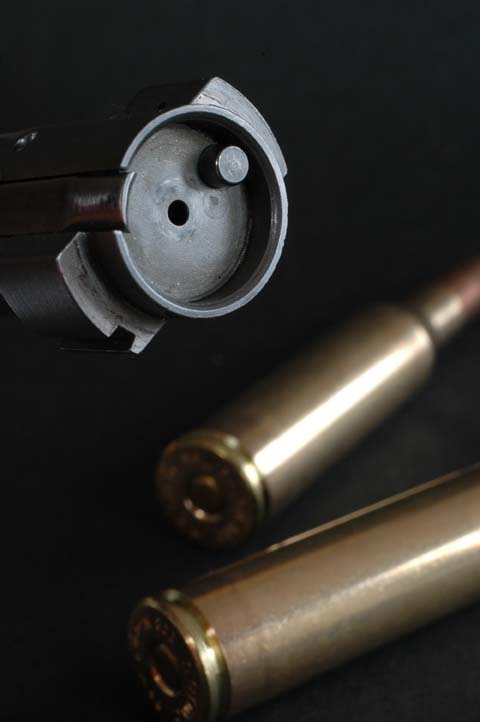
Close tolerances in modern rifles and ammunition add up to better accuracy, more consistent hits.
In the UK not long ago, a sharp-eyed shooter drilled a .135-inch five-shot group at 100 yards and a 6.908 group at 1,000 yards under trying conditions. The worlds record 1,000-yard group measures inside 2 inches, well under a quarter minute of angle.
Hunting rifles and ammunition have improved a great deal since I started shooting. When you could buy one at retail for $89.50, we considered the 94 Winchester a 3-minute rifle.
Now, with Hornady LeverEvolution ammo, the best .30-30 lever guns punch 1-minute groups. When it appeared, the M-16 rifle couldnt match the accuracy of the M-14 or the Garand. Now, after many refinements, a tuned AR-15 shoots about as well as competitive bolt-actions.
Recently, I fired a Les Baer AR with Federal ammunition launching 77-grain Sierra MatchKings. Sub-minute groups came easily, and one three-shot cluster measured less than half an inch at 200 yards.
In my youth, hunters marveled at rifles that shot into a nickel at 100 yards, but they didnt despair if the groups were bigger. Many marksmen still relied on iron sights, and big game was shot close. These days, interest in tactical rifles, rangefinding devices, high-power scopes and long-range shooting has nudged the accuracy bar ever upward. While smart hunters get as close as possible for shots at game, long-distance hits on paper targets and steel are confidence-builders.
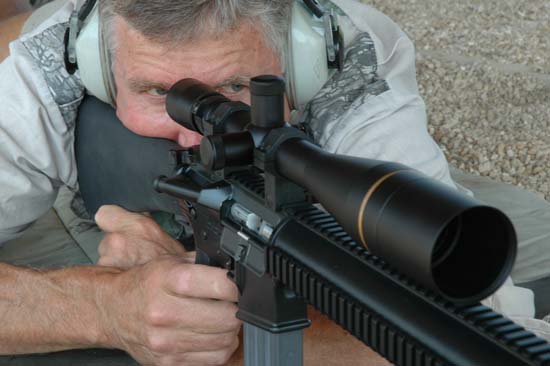
Improved optics and more uniform ammo help make tuned ARs as accurate as most bolt rifles.
Accuracy at distance makes you more successful in competition and afield. When you can hit far away, the close shots seem easier.
To that end, manufacturers of rifles, barrels, scopes and ammunition have poured many thousands of dollars into new products. Darrell Holland (hwww.hollandguns.com), who runs a shooting school in southern Oregon and builds super-accurate rifles, has designed a unique scope reticle for long shots. A series of ballistics cards from Holland help you quickly assess effects of range, wind and shot angle for your favorite load.
In the same way, the fellows at Greybull Precision (greybullprecision.com) manufacture scope dials for specific loads and fit them to Leupold scopes with cleverly designed reticles. Ive used Greybull scopes to 780 yards, banging minute-of-angle groups on steel with center holds. A Marlin lever-action printed six first-round hits inside a 10-inch circle from 100 to 600 yards, with center aim. All I did between shots was adjust the Greybull dial for distance. Matching of scope dials to specific bullet arcs has since become a service of most scope-makers.
Ballistics software from Sierra, Nikon and other sources has not only fueled interest in long-range shooting but given riflemen tools to do it. Knowing where to aim or how to adjust the sight at distance is a first step to hitting consistently.
Marksmanship comes next. Holding the rifle still and executing the shot properly is a skill independent of equipment. It is also the pivotal factor in the pursuit of accuracy.
This article originally appeared Aug. 10, 2012 on GunDigest.com.
Chapter 2
Increasing Accuracy Without Taking a Shot
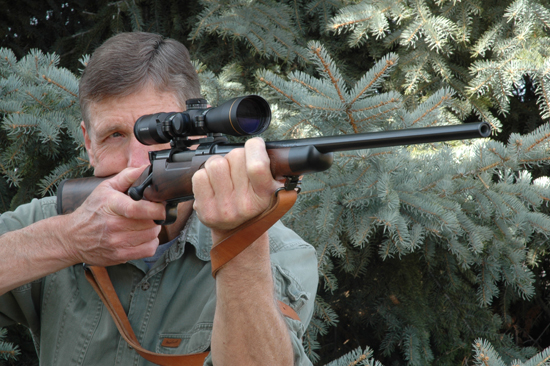
Dry-firing your big game rifle from hunting positions hones shooting fundamentals.
Practice. Its the way to get good at just about anything. Gun drills can even help you get good at doing the wrong thing.
Lones Wigger, the most decorated Olympic rifleman ever, once told me he practiced gun drills up to four hours a day for the U.S. Army Marksmanship Training Unit.
More importantly, I practiced the right things. Every shot must be well executed. If youre too tired of shooting to shoot well, its time to quit. A sloppy shot is practice for more sloppy shots, he said.



